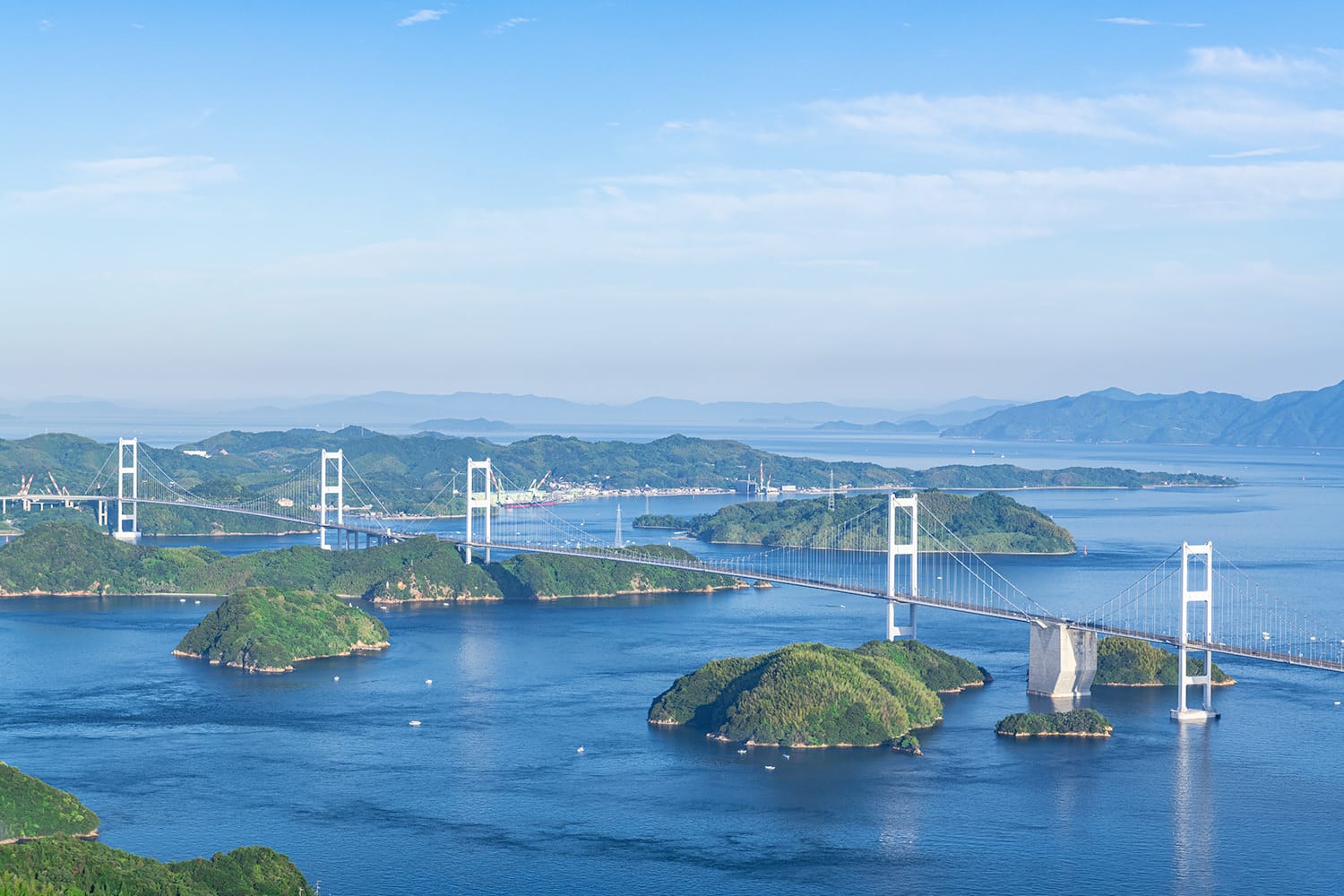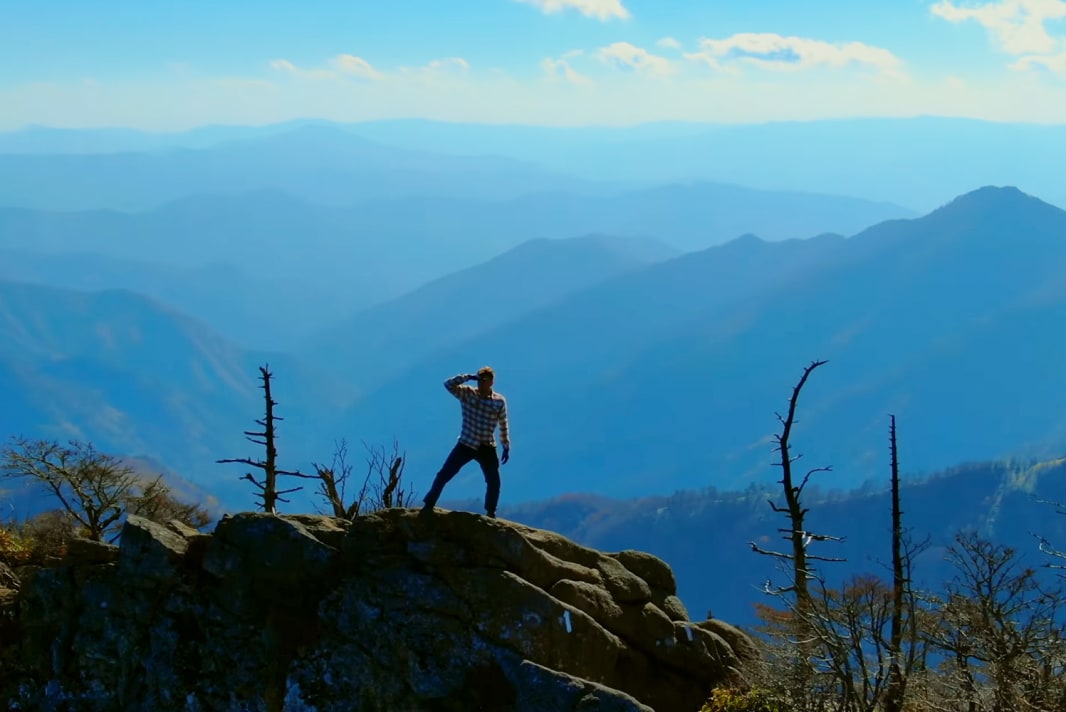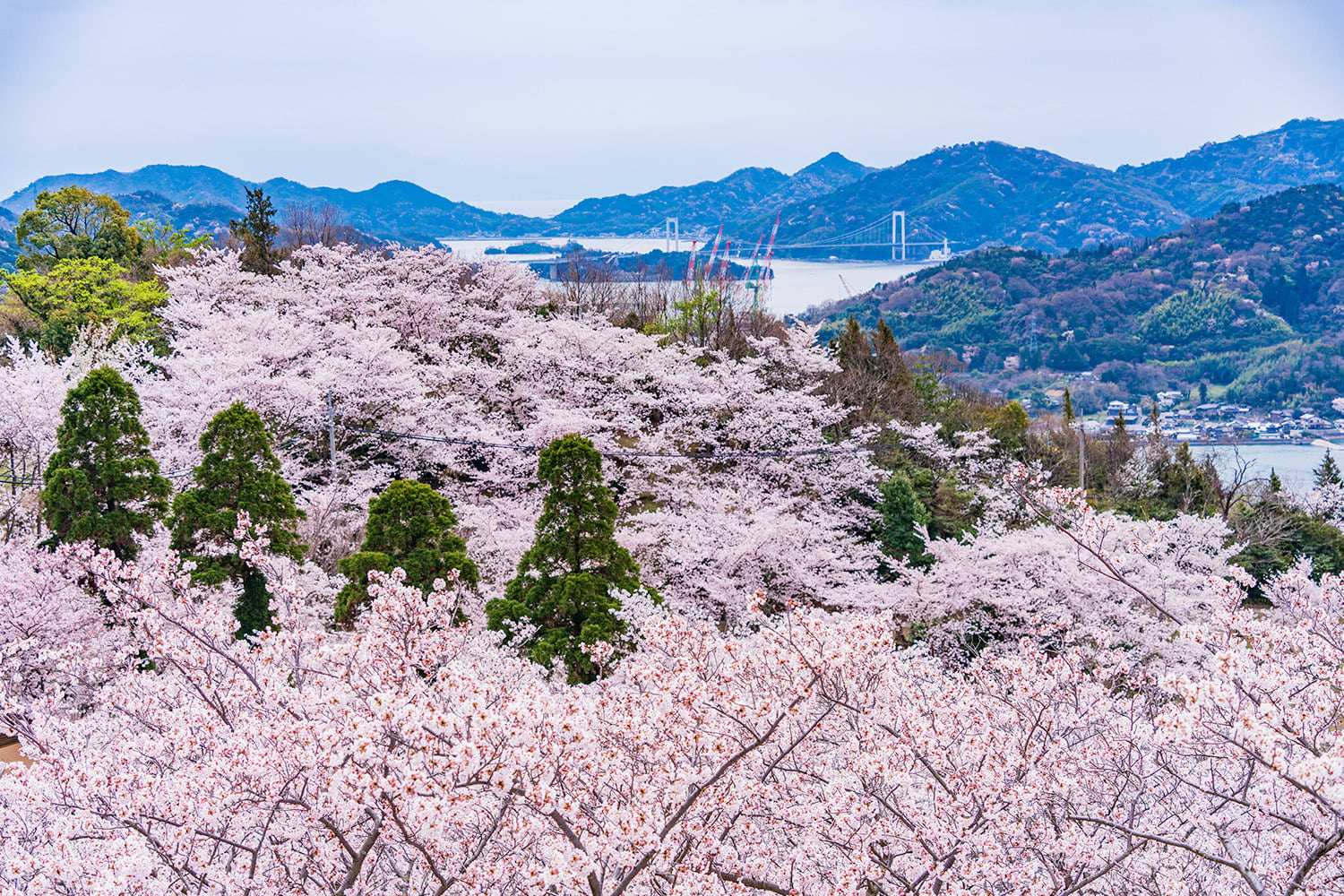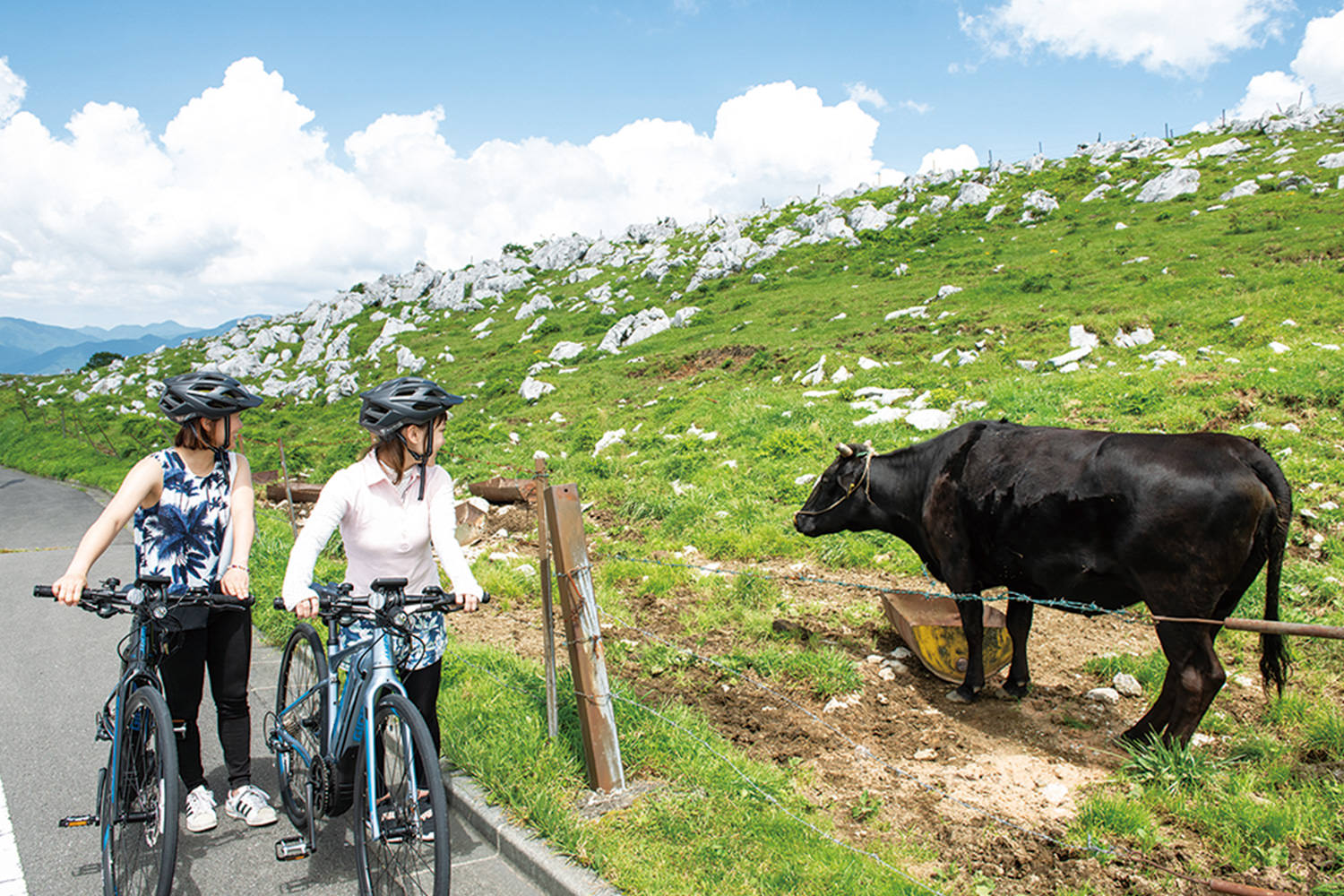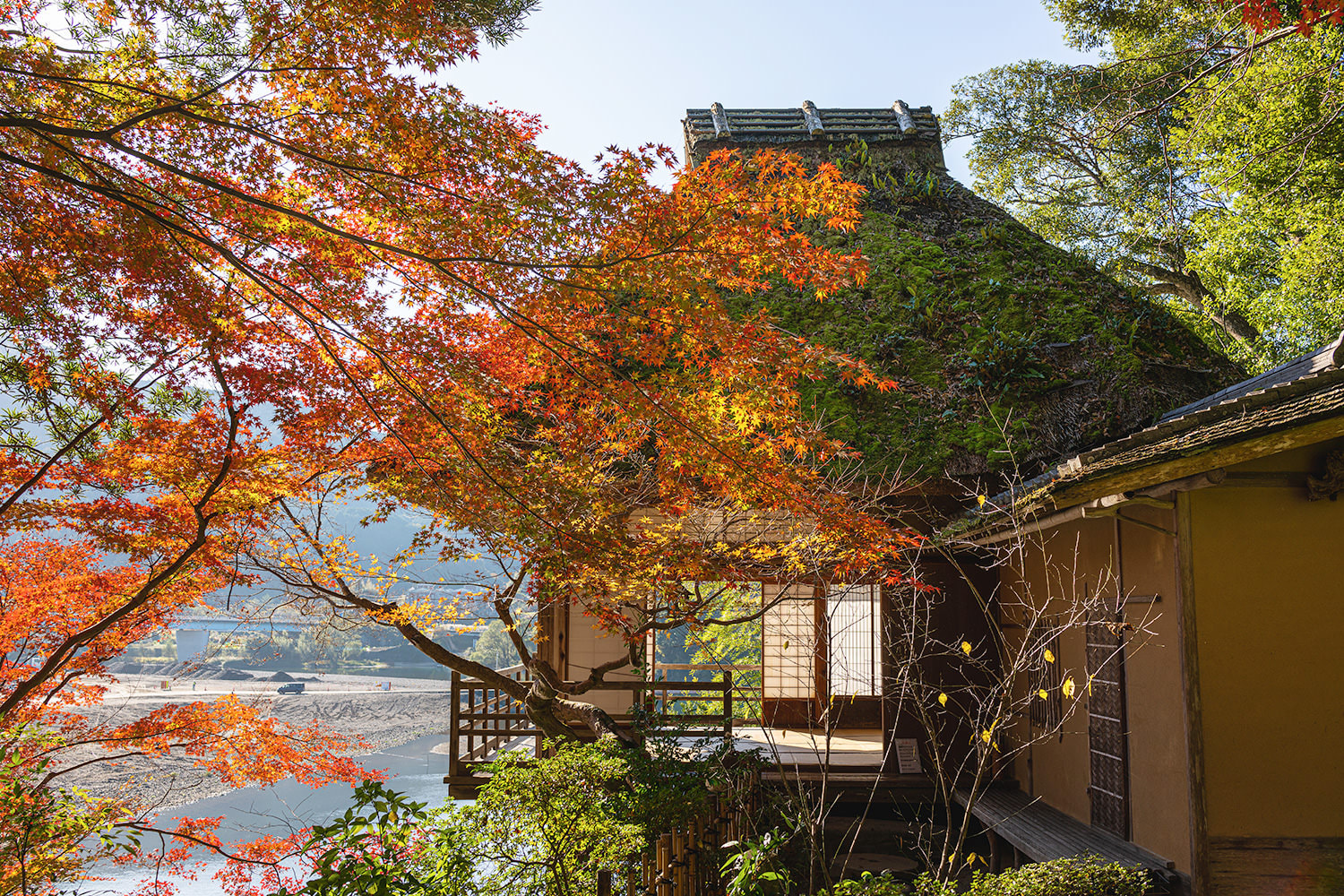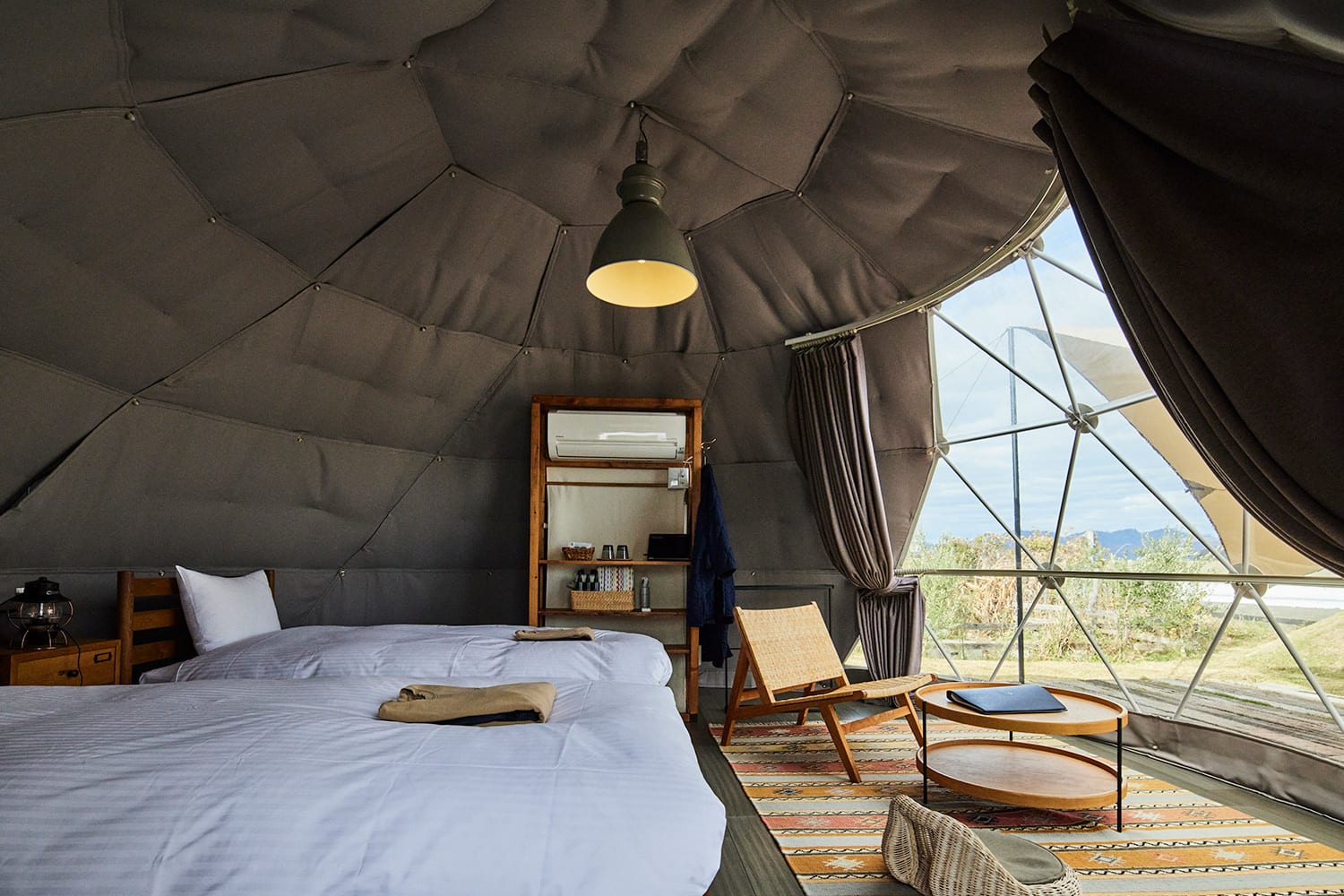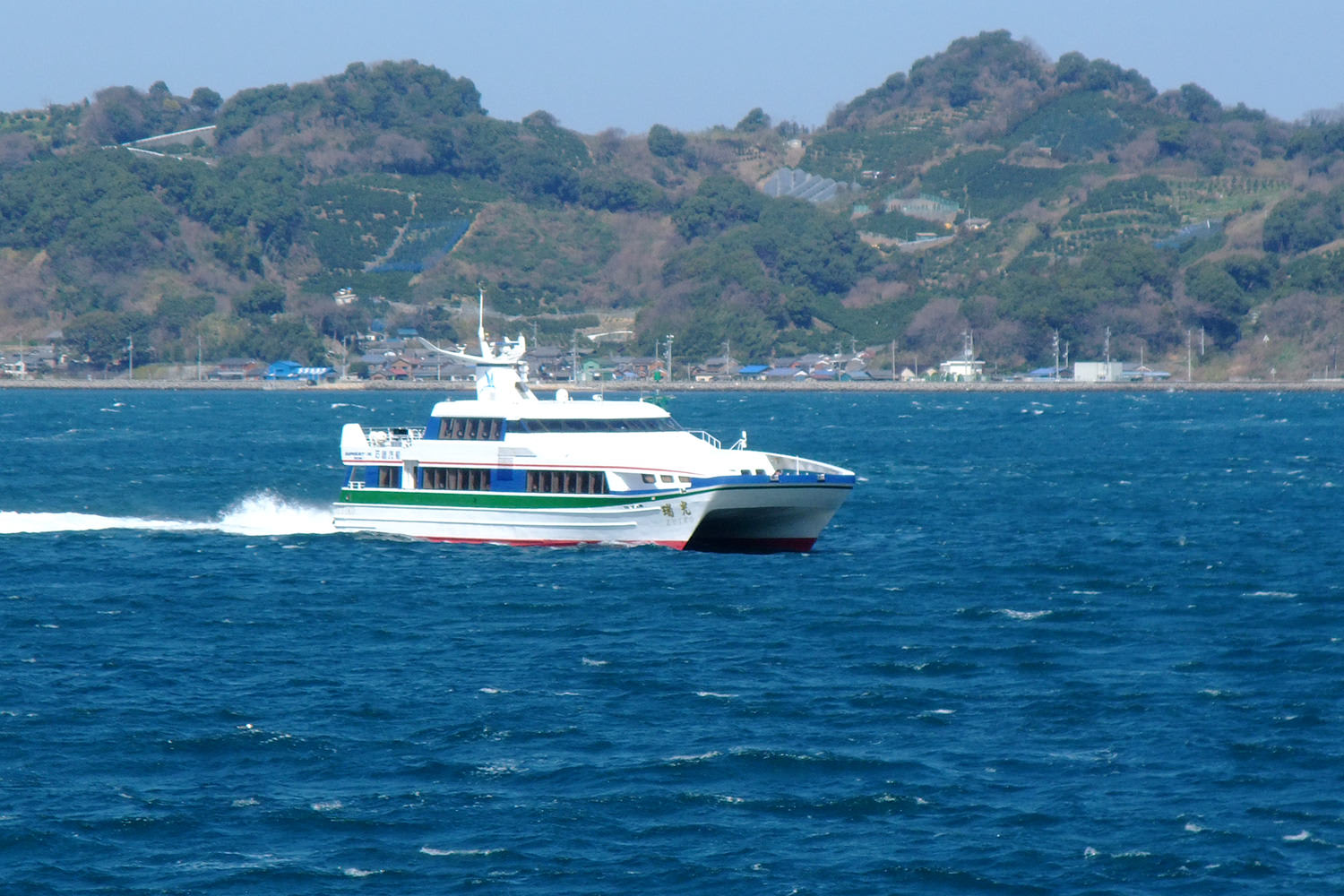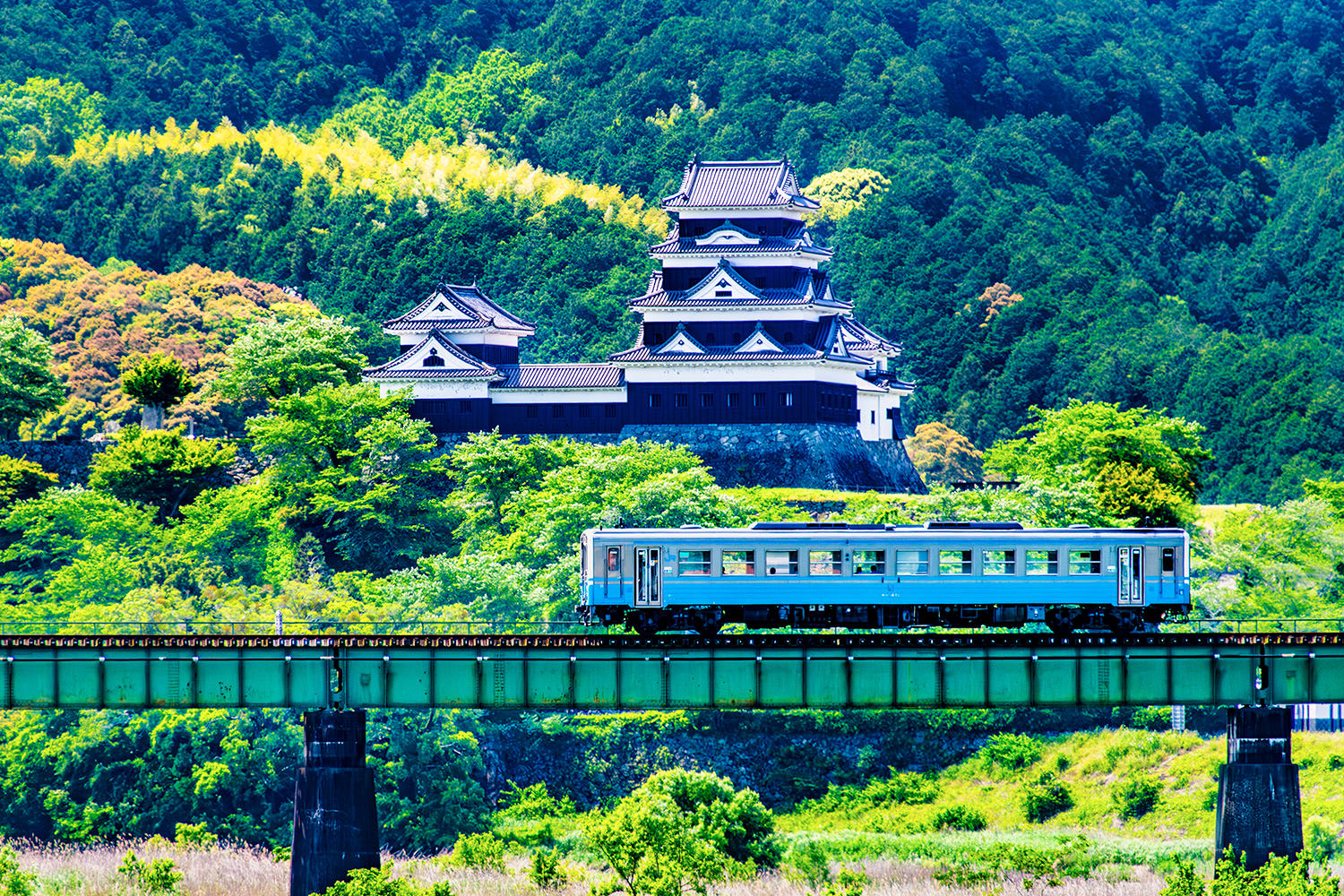PLAN YOUR TRIP
For First-Time Visitors
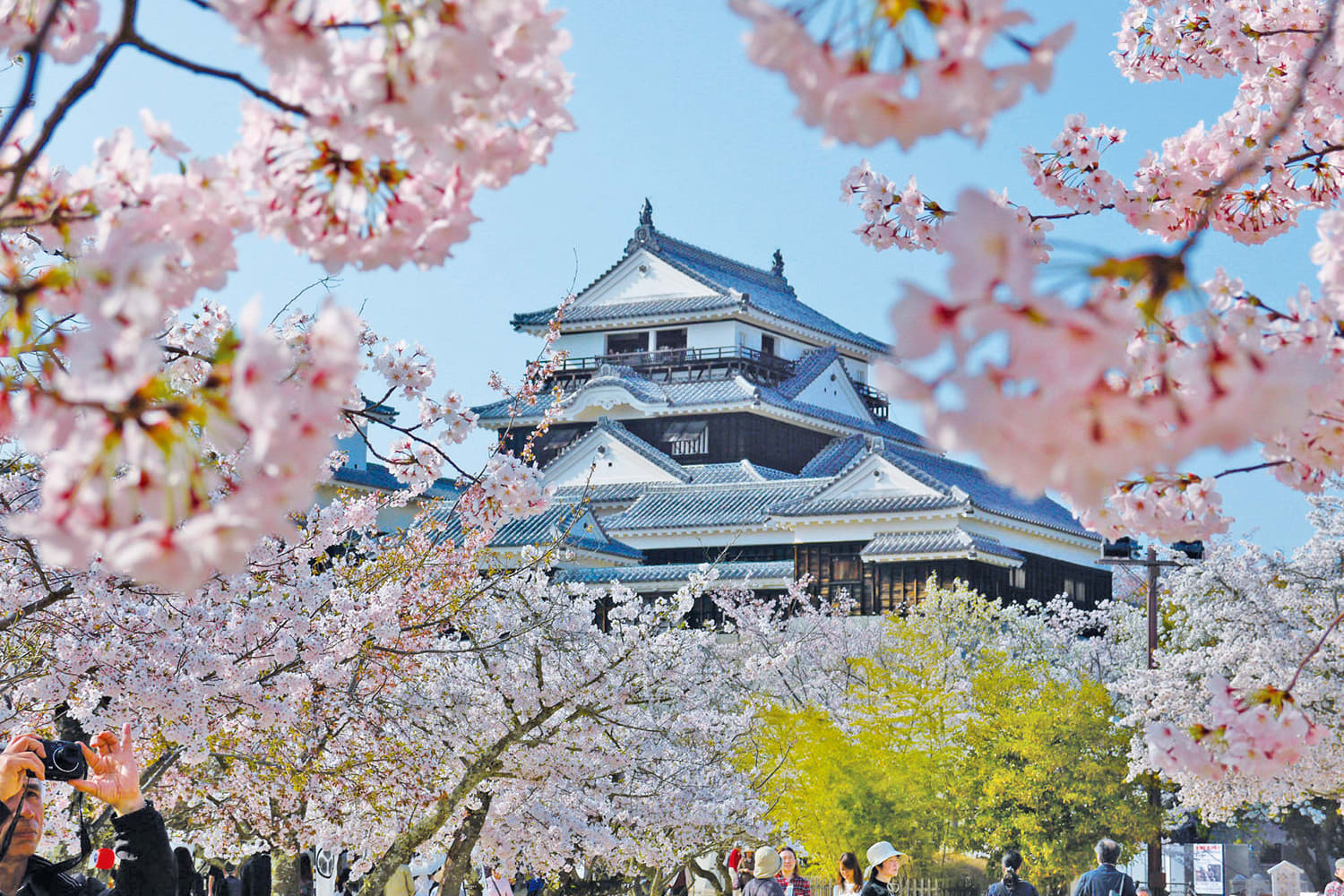
Explore Ehime’s scenic and cultural treasures, from its mikan orchards and dramatic rias coasts to its soaring mountain ranges and historical townscapes.
-
Introduction to Ehime
Ehime has diverse landscapes that offer plenty of opportunities for exploration and adventure. The prefecture is bordered by the Seto Inland Sea to the north, the Uwakai Sea to the west, and the Shikoku Mountains to the south. You can climb Mt. Ishizuchi, the highest peak in western Japan, dive in the coastal waters off Uwajima, go canyoning in Nametoko Gorge, and island hop across the Seto Inland Sea. Enjoy Ehime’s rich cultural experiences including the Ohenro pilgrimage around Shikoku, strolling through historical townscapes, viewing contemporary and traditional art, and learning about sustainable initiatives. From its stunning scenery and mikan (mandarin orange) orchards to its historical crafts and cuisine, Ehime is full of natural and cultural treasures waiting to be explored.
-
Destinations of Ehime
The prefecture is divided into three regions, each with distinctive charms and attractions. Matsuyama is the prefecture’s capital and Shikoku’s most populous city, located in the central Chuyo region. Matsuyama’s airport and ports provide access to the sites of the region, from its iconic hot springs to its karst-studded highlands. Delve into the traditional crafts of the Chuyo region, such as renowned Tobeyaki porcelain. The Shimanami Kaido, a highway that stretches across the Seto Inland Sea from Hiroshima to Imabari via several islands, runs through parts of the eastern Toyo region. Uncover the industrial heritage in the region’s coastal and mountainous terrain from its abandoned copper mines to modern towel industry and sake breweries. In the southern Nanyo region, you can immerse yourself in the warm, coral-rich waters of the Uwakai Sea and experience the thrill of canyoning along Nametoko Gorge. Discover its stunning scenery, from historical townscapes to terraced fields.
-
When to Visit
Each season brings with it a unique way to enjoy Ehime. In spring, cherry and plum blossoms bloom across the prefecture, painting the region in shades of pink and white. In the summer, the gorges and rivers offer opportunities to cool off with canyoning and kayaking experiences. Autumn transforms the mountainsides into canvases of gold, red, and orange and is the perfect season for hiking and walking. In winter, snow covers the mountains and highlands, and visitors travel from across Shikoku for winter sports. Hot springs across the prefecture offer a pleasant respite from the cold.
-
Accommodation
There are a range of accommodation options in Ehime from traditional onsen ryokan and cozy guesthouses to modern business hotels and cyclist-friendly accommodations on the seaside. Whether you want to travel back in time and stay in renovated merchant houses from the Edo period (1603–1867) or go glamping on an island in the Seto Inland Sea, Ehime has something for everyone.
-
Transportation
Use Ehime’s extensive public transport network of trains and buses to reach iconic sights and charming castle towns with ease. You can also rent bicycles and cars, and hire sightseeing taxis to explore the prefecture with increased freedom and at your own pace. Enjoy a scenic drive along the coastline of the Iyo Sea or up in the highlands and peaks of the Ishizuchi Mountain Range; feel the sea breeze as you pedal your way over bridges connecting islands in eastern Ehime; enjoy the prefecture’s stunning coastal scenery from the comfort of a luxury sightseeing train. There are many ways to make traveling between destinations an experience of its own.
-
Climate in Ehime
Ehime has a mild climate with average lows around 5°C (42°F) and highs around 28°C (83°F). In the spring, temperatures can vary by as much as 10°C between the morning and evening. The rainy season usually lasts from June to July. Summer lasts until September, but the temperature drops suddenly in autumn. The coastal areas rarely experience snowfall but the mountains and highlands might be covered in snow in the winter.
Useful Information
Explore Ehime worry-free with these essential travel tips, covering everything from travel passes to emergency contacts.

